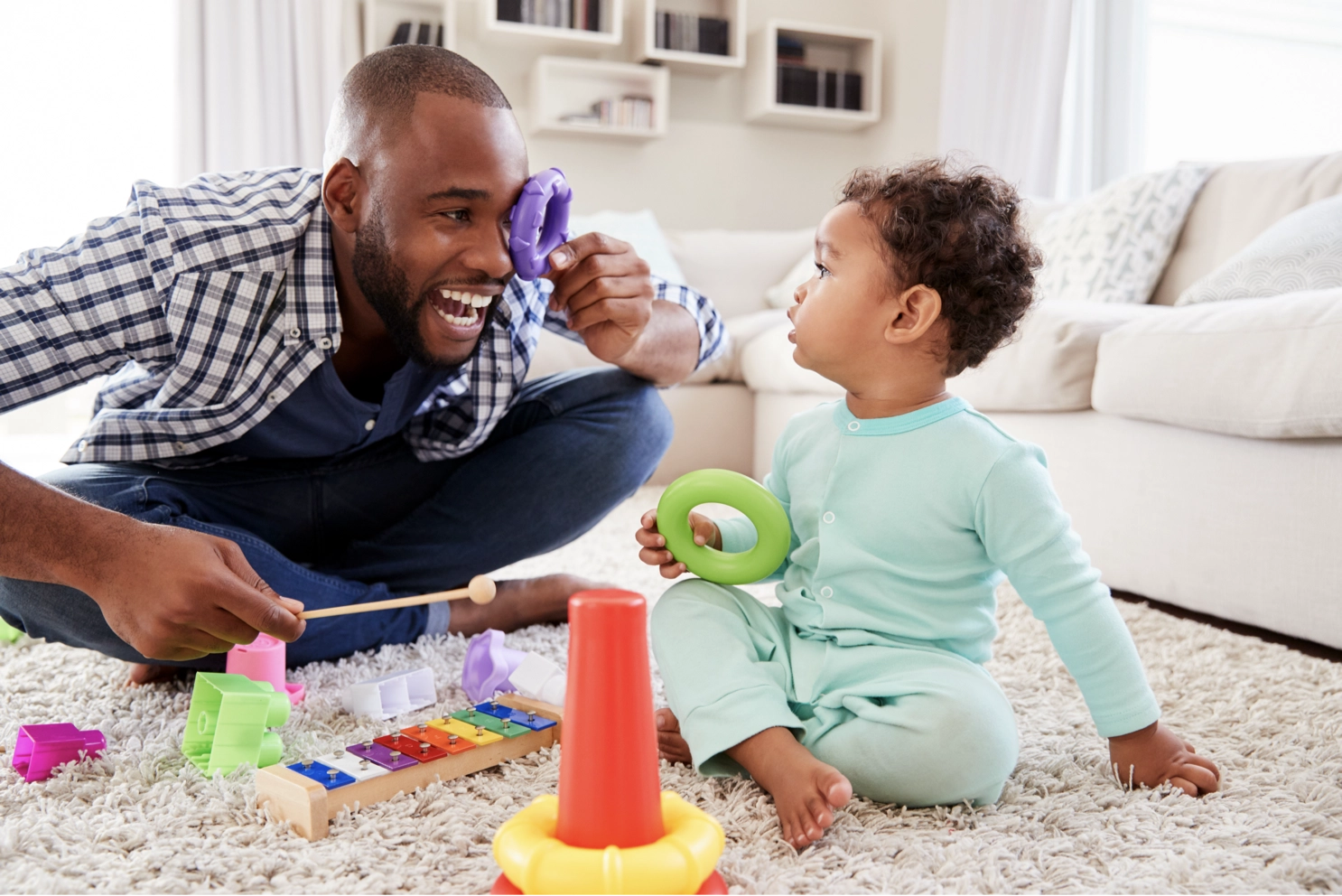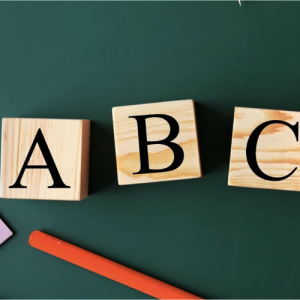Play provides a natural context for young children to learn, grow, and flourish. It provides a basis for proper development including social-emotional abilities, motor skills, cognition, and communication. If a child’s symbolic play skills are not progressing appropriately, this could possibly be a sign of delayed language growth. Symbolic play typically starts to emerge around 12-13 months (Gowan, 1995) and continues to develop throughout the early years. This form of play is the ability to use objects to represent other items. For example, a child demonstrates knowledge of symbolic play by substituting a ball for an apple and pretending to eat the ball.
Improving Language Through Play
To target symbolic play, you may need to work on functional play first if your child has not acquired these skills by this stage. You can tackle this area by showing your child how to interact with toys in appropriate ways. Do this by demonstrating how to use blocks to build a tower, push a car to make it go, or use a wand to blow bubbles. These are just a few examples.
You can improve symbolic play skills by encouraging your child to be inventive. Model silly and flexible ways of interacting with a toy during play like using a box to represent a car or utilizing a crayon to embody a fire hose. Help your child make up a pretend story to sequence what is happening during play. As you consistently engage your child in play, your child’s language skills will grow and progress.

Play can also be used to help your child process and use language in the following ways:
- 1. Increase Language Comprehension
- a) Instruct your child to show you specific toys in the following ways: show me the car, point to the boat, or touch the dinosaur.
- b) Once your child’s vocabulary improves, prompt him to point to items based on the manner that they are used. Say things like, “show me something you can throw”, “point to something you drink”, and “touch something you can read”.
- 2. Increase Language Use
- a) Ask your child questions like “what’s that?” to elicit the name of each toy. Another method you can use is a simple “fill-in” strategy. Say “look this is a ___” and wait for your child to finish the sentence by adding the name of the toy.
- b) Once your child’s vocabulary grows, help your child explain the function of objects by asking questions like what do you do with a cup? what is a key used for? what is a ball used for?
Play functions as an optimal catalyst to improve your child’s language abilities. As you consistently engage your child in play, his communication skills will continue to burgeon and expand. Each child will show results in of play functions in different ways. If you would like to ask our expert about the topic, get in touch with us. Follow us on Facebook, Instagram, LinkedIn, and Twitter to stay on top of our latest updates.
References:
Gowen, J. W. (1995). The early development of symbolic play. Young Children, 50(3), 75–84. http://www.jstor.org/stable/42727020






Deja Un Comentario